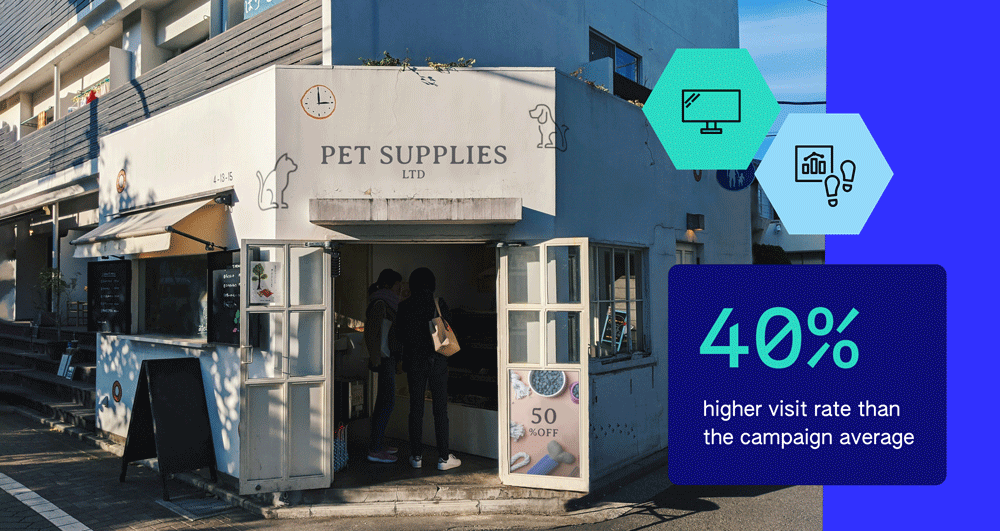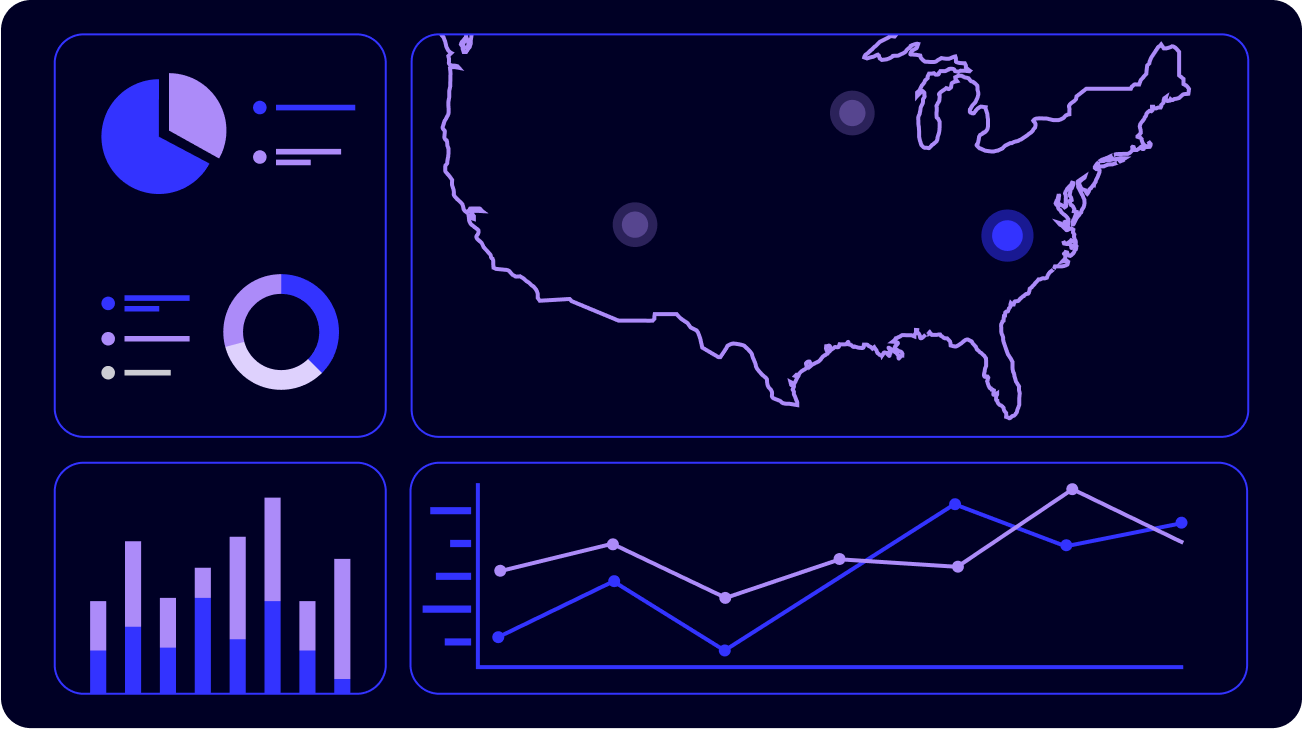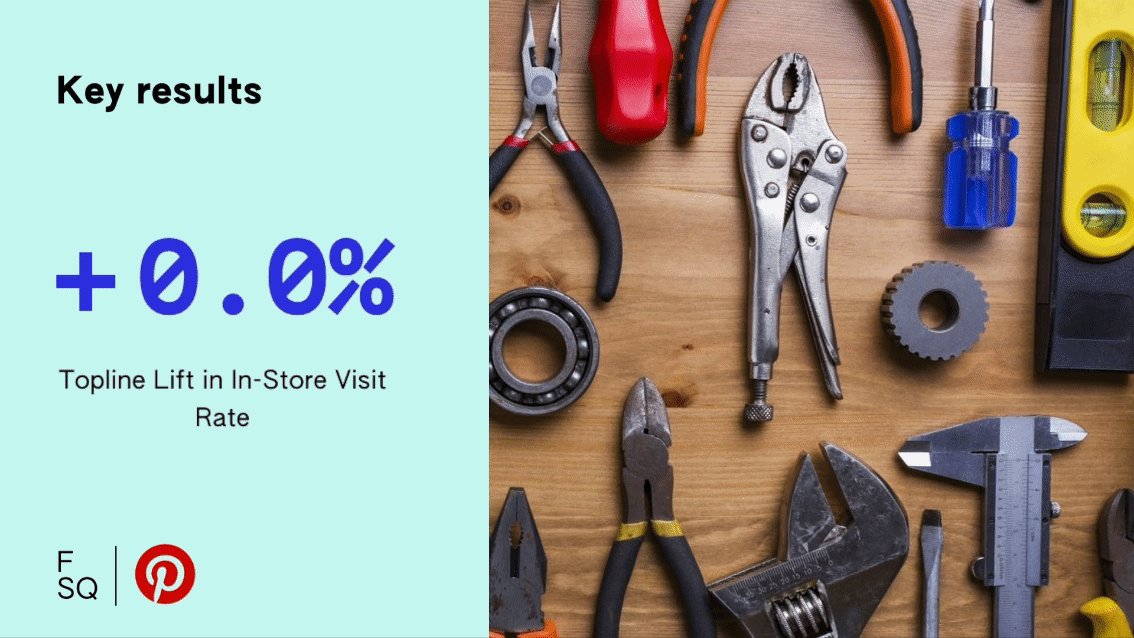It’s a question as old as time itself: How do we understand how people behave? Scientific researchers are constantly trying to uncover and analyze people’s behavioral patterns. In recent years, technological advancements have provided new and exciting opportunities for researchers to explore.
Indeed, such advancements have led to the creation of vast amounts of behavioral data, which in turn provide unique possibilities that survey data and small scale research alone cannot provide. In particular, the wide use of cell phones makes it possible for researchers to (ethically, and with privacy at the forefront) examine human mobility using location data from signals such as bluetooth and GPS.
So, where does Foursquare come into the picture?
As a pioneer in the geolocation industry, Foursquare builds proprietary technology for understanding the places people go, offering a trustworthy, privacy-first source of human activity data. Recognizing the power of this data, researchers from University of Cambridge conducted a large-scale study of consumer behavior, examining Foursquare’s longitudinal dataset of millions of visits that shows people’s urban mobility and activity patterns at public venues in Greater London over three years. From the analysis, the researchers provide a framework capturing the popularity dynamics in urban neighborhoods to predict the success of newly established venues.
In other words, by analyzing visitation patterns in different neighborhoods over time, the researchers were able to identify and predict trends. For example, nightlife venues with a large volume of traffic in the evening made up a significant proportion of the venues in Camden Town, whereas work-related venues dominated St. Pancras, causing foot traffic to decline after rush hour. From these findings, the researchers concluded that Camden Town is a youth-dominated area, while St. Pancras is a hub for commuters. In this way, visitation patterns can be used to forecast the popularity and success of new venues and predict how demand will change over time. You can read more about this empirical study in the EPJ Data Science Journal.
The study illustrates how location data can be employed to derive a deeper understanding of human mobility from an academic perspective, as well as how businesses can leverage this technology to predict demand and improve the customer experience. This is especially important in the COVID-19 era, as Foursquare’s own research has shown the emergence of different trends in how people are adapting shopping, dining, travel, leisure, etc. habits. Long term, examining point of interest and foot traffic data could help researchers understand how the pandemic permanently transformed or impacted certain behaviors.
For researchers seeking to better understand the movement of large communities and develop frameworks for human activity, Foursquare’s location technology presents unique opportunities for knowledge creation. Contact us for more information about utilizing Foursquare technology in scientific research, or explore the free location datasets available through the AWS Marketplace.



